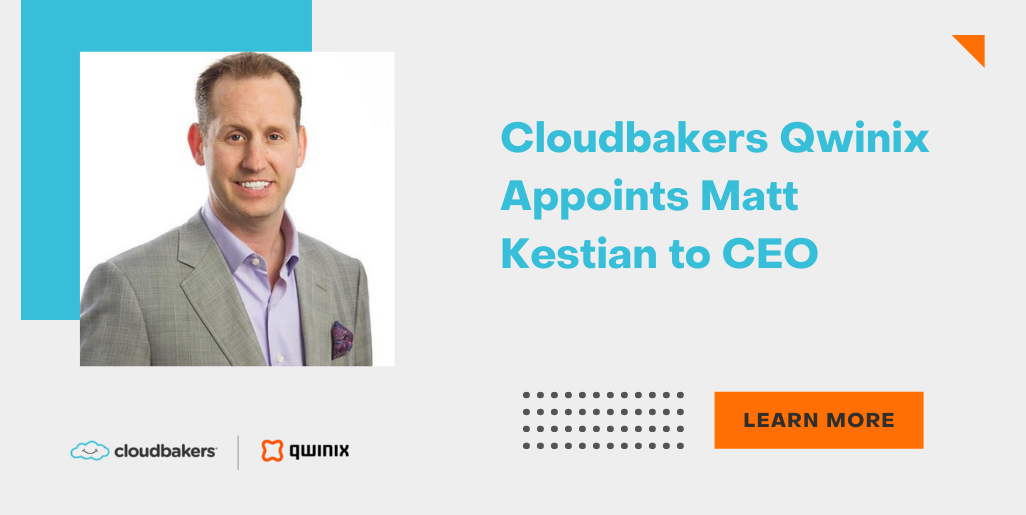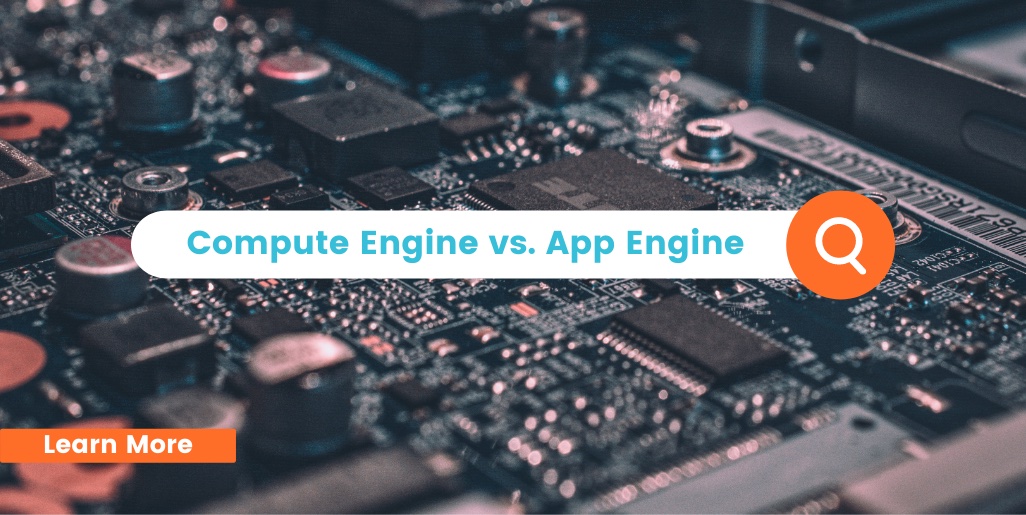Google Cloud Anthos vs. Red Hat OpenShift Container Platform — which is better for application development and container management? Both are based on open-source, community-led projects and offer a myriad of benefits and features, but there are a few key differences.
What Is Google Cloud Anthos?
Anthos is a modern application management platform that extends Google Cloud services and engineering practices to multiple cloud and on-premises environments. It’s the heart of Google Cloud’s hybrid and multi-cloud technology.
A key benefit of Anthos is the single-pane-of-glass view it gives across all clusters. As a result, businesses can define and centrally manage and view cloud configurations, whether on-premises, in a data center or in a public or private cloud.
What Is Red Hat OpenShift Container Platform?
Red Hat OpenShift Container Platform is a hybrid cloud and Kubernetes-container platform made for enterprise app development and container management.
One reason for the container platform’s popularity is its Open Containers Initiative/Docker-formatted containers integration with Kubernetes, which makes it easier for teams to provision, deploy, scale, and manage containers more efficiently while avoiding vendor lock-in.
Deployment
Anthos
Google Cloud Anthos can manage Kubernetes clusters running on-premises, in data centers as well as in Google Cloud, AWS, and Azure. Anthos Bare Metal supports common enterprise Linux distributions, including Red Hat, Ubuntu and CentOS. Applications can be deployed using Helm charts or from Google Cloud Platform Marketplace or from one of many CI/CD platforms or tools.
Deployment of Anthos itself comes down to a single CLI tool (for non-cloud deployments) or using the Google Cloud Console (for all cloud deployments), which makes it very easy to get Anthos up and running quickly, especially when combined with Anthos Service Mesh and Anthos Config Management.
OpenShift Container Platform
The OpenShift Container Platform provides hybrid cloud container management and OpenShift Online for public cloud application development and hosting. The latter automates application provisioning, management, and scaling. Application lifecycles can be managed through OpenShift Ansible Broker or application templates like Node.js and Django.
The only enterprise Linux distribution OpenShift supports is Red Hat Enterprise Linux.
Multi-cluster Management
Anthos
Google Cloud Anthos offers several tools to simplify multi-cluster deployment like Anthos Config Management. Clusters that span across a range of on-premises or multi-cloud infrastructure can use a one or more configuration repository to enforce consistency across all Anthos clusters.
Anthos can handle up to 15,000 nodes and 150,000 pods in Google Kubernetes Engine (GKE).
OpenShift Container Platform
On the other hand, with OpenShift, users in the same deployment are expected to share one Kubernetes cluster that’s designed to scale up to 2,000 nodes and 12,000 pods.
Support & Storage
Anthos
Through Anthos, users can access GKE support for cloud and on-premises clusters. Support for the open-source project Istio on GKE is also available.
Anthos supports multiple storage solutions whether you’re deploying on-premises or in the cloud, including NetApp. Anthos is available with plugin support for on-premises storage solutions, basically anything that is supported by the underlying infrastructure. For example, NFS, NAS or SAN solutions or VMware-provided solutions for Anthos On-Prem. . Additionally, storage add-ons can be deployed through Google Cloud Platform.
OpenShift Container Platform
Like Anthos, OpenShift Container Platform supports all programming languages. It also supports multiple storage solutions, including for on-premises. However, note that it has to be configured and set up manually before use as there is nothing built-in to the platform to provision existing storage.
Flexibility
Anthos
Experienced teams who are comfortable managing and scaling their own containerized applications will enjoy the flexibility Anthos provides. For example, Cloud Run for Anthos, powered by the open-source project Knative, allows teams to run serverless workloads on Kubernetes.
OpenShift
Red Hat OpenShift comes as an all-in-one package with many features. But while it may have a broader range of out-of-the-box capabilities, it may limit the flexibility needed for managing, running, and scaling some applications.
Anthos vs. OpenShift: Which Is Better?
Both Google Cloud Anthos and Red Hat OpenShift are good options with different benefits. While Anthos makes multi-cluster management a bit easier, OpenShift typically integrates better with third-party tools.
Ultimately, the one you’ll pick will likely come down to your team’s needs and your current infrastructure. Either way, you’ll unlock access to top providers and gain the resources you need to scale your application development and container deployment.



